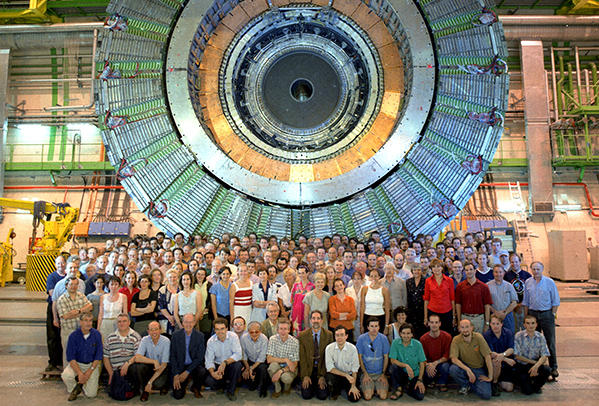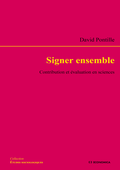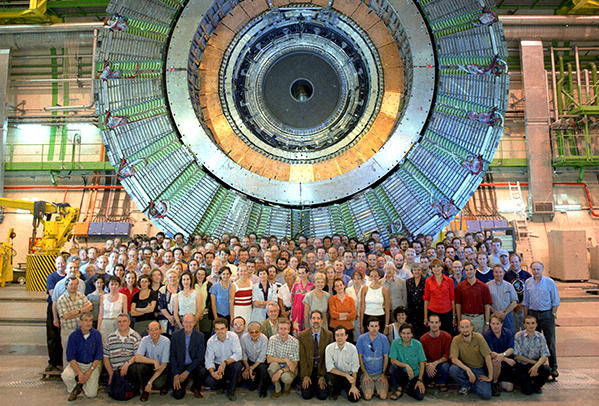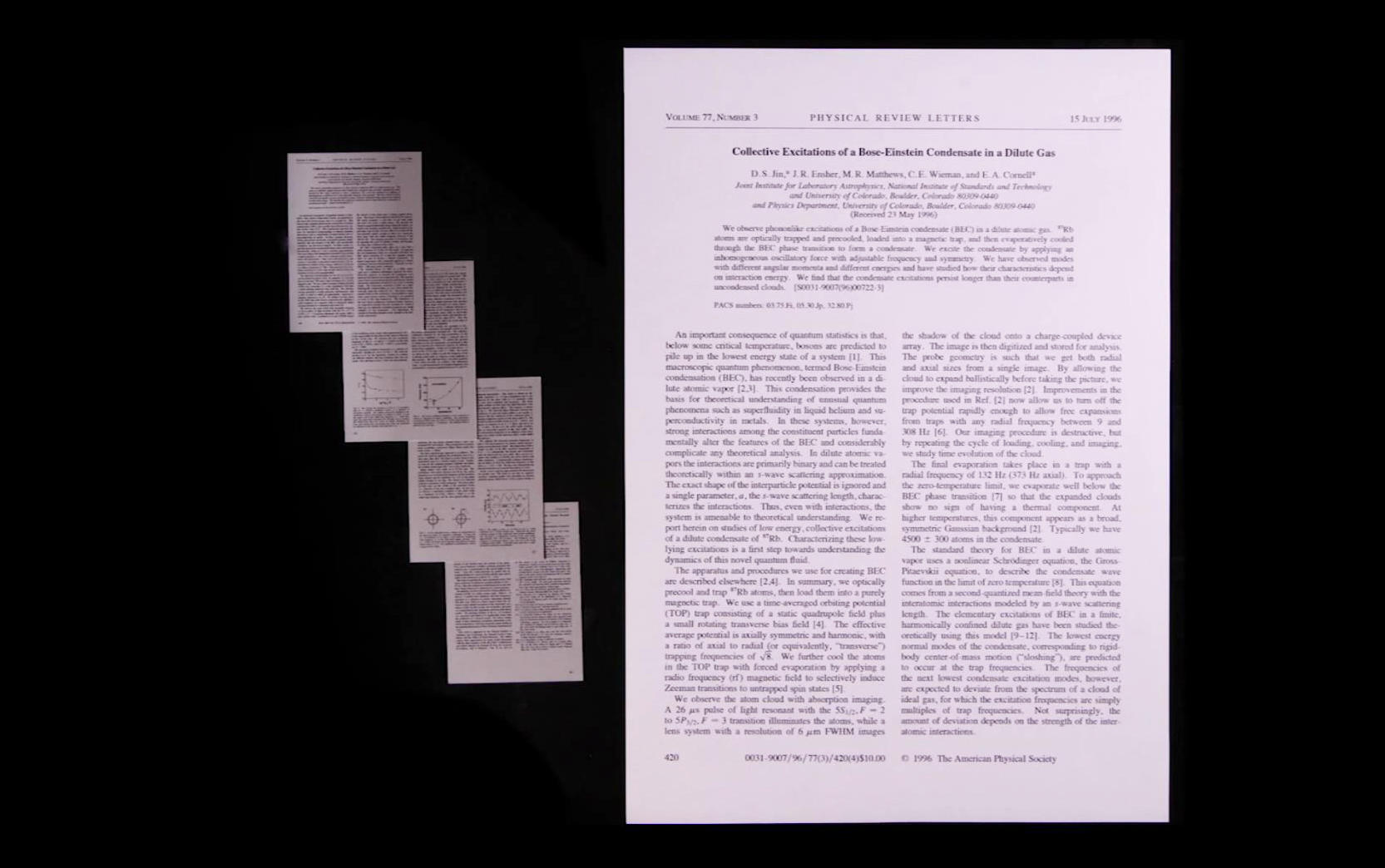You are here
Authorship in Science: All for One?
In May 2015, two articles published in prestigious scientific journals broke the records in their respective fields for number of co-authors. The first paper, which focused on a genome segment of Drosophila melanogaster, was published with a list of 1014 co-authors. The reactions were immediate: while certain genomics specialists felt that so many names debased the meaning of authorship, others wondered about the actual contribution of each author. The second article concerned the most precise evaluation of the Higgs boson to date and had no fewer than 5154 co-authors. Yet despite being five times longer, this astonishing list of authors aroused no particular indignation among physicists. How to make sense of such a difference?
Collective work, individual evaluation
Publication forms a central part of scientific activity. Once they have been validated by some experts from the editorial board, articles that appear in specialized journals form a record of spectacular breakthroughs and partial results alike. Each new published article thus represents an advancement of knowledge to some degree. At the same time, scientific publications are also a way of attributing authorship for discoveries to researchers, meaning that they play a major role in the evaluation process as well. By authoring articles published in a prestigious journal, scientists gain recognition, improve their chances of securing funding for their projects, secure career advancement, and so on.
Despite regular insistence on the individual exploits of renowned scientists through biographies, prestigious awards, and so on, science is not a business of solitary minds and exceptional geniuses making major discoveries unassisted. Scientific research is in fact a long-term project involving close collaboration with other researchers, engineers and technicians. There is thus considerable tension between the organization of collective work on the one hand, and the evaluation of individual contributions on the other.

The number of authors per paper has steadily been growing since the 1950s, to such an extent that it has become difficult to identify the respective contribution to a scientific publication of each individual author. This suggests the need to strike a compromise between full acknowledgement of individual contributions and a proper way of handling collective effort.
Rules or regulations?
Over time, scientists have developed particular practices: listing scientists’ name in alphabetical order, which is supposed to place authors on an equal footing; the decrease of contribution from the first place; or the assignment of importance to the last position, usually occupied by the head of the laboratory within which the discovery was made. Such practices are still widely followed in many scientific fields, whether experimental sciences, social sciences or humanities. Yet other conventions governing authorship and the evaluation of individual contributions have gradually emerged with the development of ambitious projects that require the involvement of many laboratories, occasionally organized around extensive instrumentation. Such projects are especially common in the fields of genomics and high-energy physics alluded to above.
In the life sciences (biology, medicine, genomics, etc.), the author list is highly codified. While the first place goes to those carrying out the main successful part of the experimental work, the last position is generally reserved for the head of the laboratory. The contributions of those occupying positions between these two limits, although indispensable, are considered less important. Since the first place is highly coveted by young researchers seeking to advance their career, it is often shared by the first two authors in the list. In order to ensure traceability of the production process, individual contributions are now routinely described within the articles themselves.
These various practices converge towards the conception that each collective paper remains the result of a principal author. Authorship conventions thus focus on individual evaluation. The consequence for researchers is that the list of articles authored by them and the details of their joint work (number of articles published, number of articles in which they appear as the primary author, reputation of the scientific journals, etc.) are crucial for their career and act as an academic passport.

Conversely, in high-energy physics, author names are always given in alphabetical order without concern for the disclosure of individual contributions. And instead of being adjusted for each article, the list of authors is updated only every six months, thus assuming the partial relation between authorship and the actual work conducted by each author. In this way, deceased researchers may sign scientific articles. The regularity of a researcher’s work within a research group is considered more important than the list of articles he or she has published, and it is this that counts most in the researcher’s career. Informal in-house exchanges taking place in the course of research projects and letters of recommendation are of greater value than the number of articles published.
Towards a new evaluation policy
While the specific rules of authorship within each specific research field may be known, it is not always clear what rules apply in disciplines other than one’s own. This raises problems with the advent of greater interdisciplinary research. Today, how can genomics research be carried out without data processing for instance? And how can one be sure that data-processing researchers are not adversely affected by the rules of authorship that currently apply in the field of genomics?
Given the spiraling number of published articles—and of authors per article—we urgently need to move away from an obsession with the number of published articles and find a better way to speak about science. One way of achieving this is to reduce the importance of published articles in the evaluation of researchers and take into account other contributions such as conference presentations, teaching contributions to courses and seminars, administrative responsibilities, and communication with various audiences.
The analysis, views and opinions expressed in this section are those of the authors and do not necessarily reflect the position or policies of the CNRS.
To read / To see

Signer ensemble. Contribution et évaluation en sciences, David Pontille, Economica, coll. « Études sociologiques », avril 2016, 208 p., 25 €









